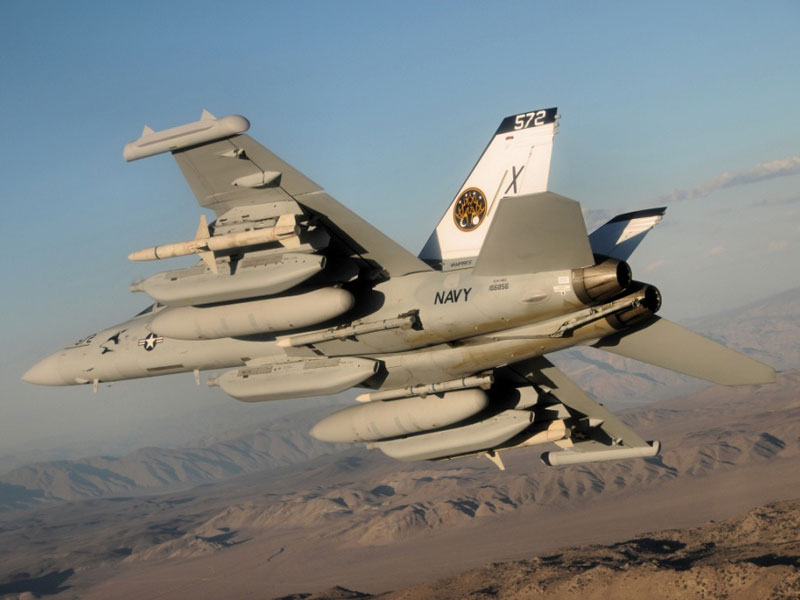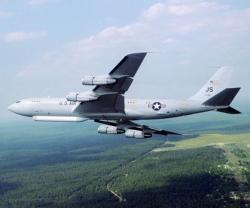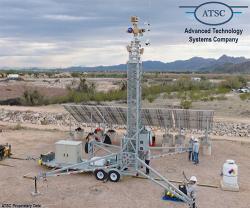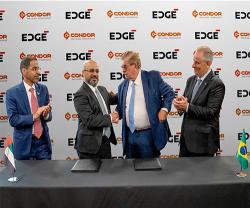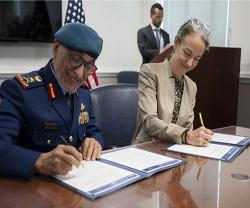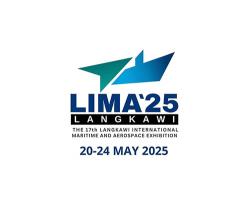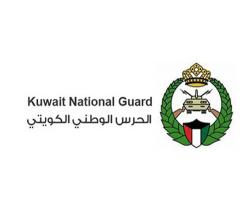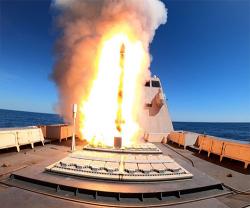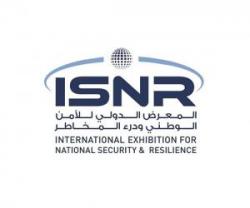NGC: 50 Years of Airborne Electronic Attack Expertise
29.04.2013 North America
With the first flight of the EA-6A on April 26, 1963, Grumman Aerospace, now Northrop Grumman Corporation (NGC), launched its long and successful legacy as a leader in airborne electronic attack technology.
Airborne electronic attack has been a key component of all military contingency operations, as well as combat operations including Vietnam, the Cold War, Grenada, Panama, Kosovo, Iraq, Afghanistan and Libya.
“Northrop Grumman is a leader in airborne electronic attack technology, having designed, manufactured and delivered the first electronic attack systems more than five decades ago. No company can match the combat-proven airborne electronic attack system design and development experience of Northrop Grumman,” said Doug Shaffer, Director of Information Operations and Electronic Attack, Northrop Grumman Aerospace Systems.
“Over the years, Northrop Grumman has refined and expanded airborne electronic attack capabilities to ensure that our warfighters have what they need to successfully complete their mission and return home safely to their families,” Shaffer added.
The EA-6A “Electric Intruder” was a specialized electronic warfare derivative of the A-6 “Intruder,” developed by Grumman Aerospace for service with the U.S. Navy and Marine Corps. Equipped with an AN/ALQ-86 electronic warfare countermeasure suite, the EA-6A was used by the Marine Corps during the Vietnam War. The EA-6A was phased out of active duty in the mid-1970s as its successor, the EA-6B Prowler, a more specialized aircraft, was introduced in 1971.
The primary mission of the EA-6B Prowler is to intercept and jam enemy radar and communications and perform electronic surveillance. It has flown in almost every U.S. combat operation since being introduced in the 1970s. The most recent upgrade for the EA-6B, currently being operated by the Marine Corps and Navy, is the Improved Capability (ICAP) III system, which includes new cockpit displays, improved systems connectivity and improved system reliability.
In 2009, the U.S. Navy began transitioning from the Prowler to the new EA-18G Growler, which enables warfighters to perform an array of airborne electronic attack missions, operating from either the deck of an aircraft carrier or land-based fields. Featuring a derivative of Northrop Grumman's ICAP III system, the EA-18G integrates the capabilities of the most advanced airborne electronic attack system designed and produced by Northrop Grumman.
Additionally, as principal subcontractor to The Boeing Company, Northrop Grumman designs and produces the E/A-18G (photo) entire center/aft fuselages and center barrel replacement assemblies, integrates all associated subsystems including the electronic attack capabilities, and conducts after-delivery product support.
In 2010, Northrop Grumman received a U.S. Navy contract to develop and mature technologies for the Next Generation Jammer airborne electronic attack system. The Navy's Next Generation Jammer will operate on the EA-18G Growler as the newest, most advanced electronic attack aircraft in the world. It will provide U.S. Forces with the ability to suppress and defeat enemy integrated air defense systems as well as disrupt and disable enemy ground-based communications capabilities.
Airborne electronic attack has been a key component of all military contingency operations, as well as combat operations including Vietnam, the Cold War, Grenada, Panama, Kosovo, Iraq, Afghanistan and Libya.
“Northrop Grumman is a leader in airborne electronic attack technology, having designed, manufactured and delivered the first electronic attack systems more than five decades ago. No company can match the combat-proven airborne electronic attack system design and development experience of Northrop Grumman,” said Doug Shaffer, Director of Information Operations and Electronic Attack, Northrop Grumman Aerospace Systems.
“Over the years, Northrop Grumman has refined and expanded airborne electronic attack capabilities to ensure that our warfighters have what they need to successfully complete their mission and return home safely to their families,” Shaffer added.
The EA-6A “Electric Intruder” was a specialized electronic warfare derivative of the A-6 “Intruder,” developed by Grumman Aerospace for service with the U.S. Navy and Marine Corps. Equipped with an AN/ALQ-86 electronic warfare countermeasure suite, the EA-6A was used by the Marine Corps during the Vietnam War. The EA-6A was phased out of active duty in the mid-1970s as its successor, the EA-6B Prowler, a more specialized aircraft, was introduced in 1971.
The primary mission of the EA-6B Prowler is to intercept and jam enemy radar and communications and perform electronic surveillance. It has flown in almost every U.S. combat operation since being introduced in the 1970s. The most recent upgrade for the EA-6B, currently being operated by the Marine Corps and Navy, is the Improved Capability (ICAP) III system, which includes new cockpit displays, improved systems connectivity and improved system reliability.
In 2009, the U.S. Navy began transitioning from the Prowler to the new EA-18G Growler, which enables warfighters to perform an array of airborne electronic attack missions, operating from either the deck of an aircraft carrier or land-based fields. Featuring a derivative of Northrop Grumman's ICAP III system, the EA-18G integrates the capabilities of the most advanced airborne electronic attack system designed and produced by Northrop Grumman.
Additionally, as principal subcontractor to The Boeing Company, Northrop Grumman designs and produces the E/A-18G (photo) entire center/aft fuselages and center barrel replacement assemblies, integrates all associated subsystems including the electronic attack capabilities, and conducts after-delivery product support.
In 2010, Northrop Grumman received a U.S. Navy contract to develop and mature technologies for the Next Generation Jammer airborne electronic attack system. The Navy's Next Generation Jammer will operate on the EA-18G Growler as the newest, most advanced electronic attack aircraft in the world. It will provide U.S. Forces with the ability to suppress and defeat enemy integrated air defense systems as well as disrupt and disable enemy ground-based communications capabilities.
Latest news
Latest events
ISNR Abu Dhabi 2024
21 - 23 May 2024ADNEC Centre Abu Dhabi - United Arab EmiratesEUROSATORY 2024
17 - 21 Jun 2024Paris Nord Villepinte - FranceFarnborough International Airshow
22 - 24 Jul 2024Farnborough - United KingdomMiddle East Special Operations Commanders Conference (MESOC)
02 Sep 2024Aqaba - Jordan

